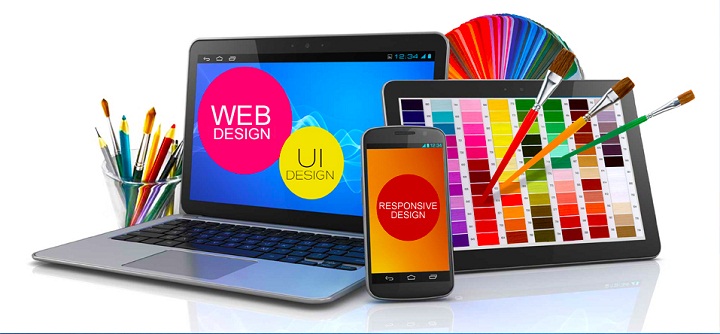
“The power of the web is in its universality. Access by everyone regardless of disability is an essential aspect.” -Tim Berners-Lee
Website accessibility simply means removing any kind of barriers that could prevent disabled people to interact with or access a website. There are so many different kinds people who access the web and have various limitations, for instance, some are visually impaired, some have dyslexia, some are physically disabled, some are unable to hear, while some have limited time, use a limited bandwidth, or a device with limitations, among others.
Hence, it isn’t wise to assume that every person accessing the web doesn’t have any limitations or special characteristics or any kind of disabilities, is it? Every person should be able to understand, navigate, interact with, and access the web, irrespective of whether he suffers a disability or not.
There are web accessibility guidelines which must be followed by designers and developers in order to make the websites and web applications accessible by everyone so that they provide equal opportunities to people with disabilities.
Here are some tips and tricks by which you can improve your website accessibility:
- Adding subtitles and captions to your videos might be a little time intensive task, but it is an essential feature to implement in order to make your website accessibility-aware. You could provide automated live streaming captions or a written transcript for the same.
- Using colors might seem like a good idea in order to break the monotony on your web page and make it look attractive, but depending on them to convey any kind of information to your users isn’t a good idea. There are users who are color blind, some who have difficulty perceiving text in too little contrast between foreground and background, and some who cannot perceive colors the way you do. Thus, it is important not to display important messages in your user interfaces using only color and to also consider the color contrast ratios.
- Disabling the functionality of zoom in on web pages could be an extremely irresponsible mistake, which is mostly made while designing responsive websites. Think of the visually impaired and astigmatic users, how difficult it could get for them to read the text on the web page at times. The “zoom in” toolcould simplify their everyday lives significantly.
- Do not make your web pages too dependent on images. While it is true that people perceive visual content better than a textual one, but making your web page dependent on images wouldn’t go well with blind or visually impaired users. Avoid representing the navigational elements by images and try using images only for elements and things that actually need pictures.
- Your web development company will make sure all your images have ALT text. It is simply a written description for all your images in their HTML image tags. This alternative text gets displayed instead of the image when images have been disabled by those with a slow internet connection or those using a text-only browser. It is also used by assistive technologies such as screen readers to serve the purpose of reading the text aloud to the users. Moreover, the search engines cannot read the content of images and they use this text to store information about the web page.
- Make sure all the links on your website are contextual and explicitly descriptivesuch that when they are read aloud by screen readers to visually impaired users, they can understand clearly what the link is about, and where it is going to direct the user.
- A typical screen reader proceeds to read the navigation buttons on the web page one by one, before reaching the main content. The navigational menu is there to move around the web page or between multiple web pages. Users using assistive technologies like the screen reader wouldn’t want it to read every single navigational button, before finally coming to the main content. Accessibility-aware sites protect such users from these unwanted experiences by providing “skip navigation” links, so that the user can directly jump to the main content.
- Access keysare quite simple to implement on your website and involves adding this simple HTML code to the navigation anchor tags of your website: <a href=”index.html” accesskey=”1″>Home</a>
For users who rely solely on keyboards to navigate a website, the feature of access keys play an important role.










![Watch Video Now on xiaohongshu.com [以色列Elevatione perfectio X美容仪 perfectio X 全新仪器黑科技了解下]](https://www.techburgeon.com/wp-content/uploads/2019/07/perfectiox-singapore-150x150.jpg)
